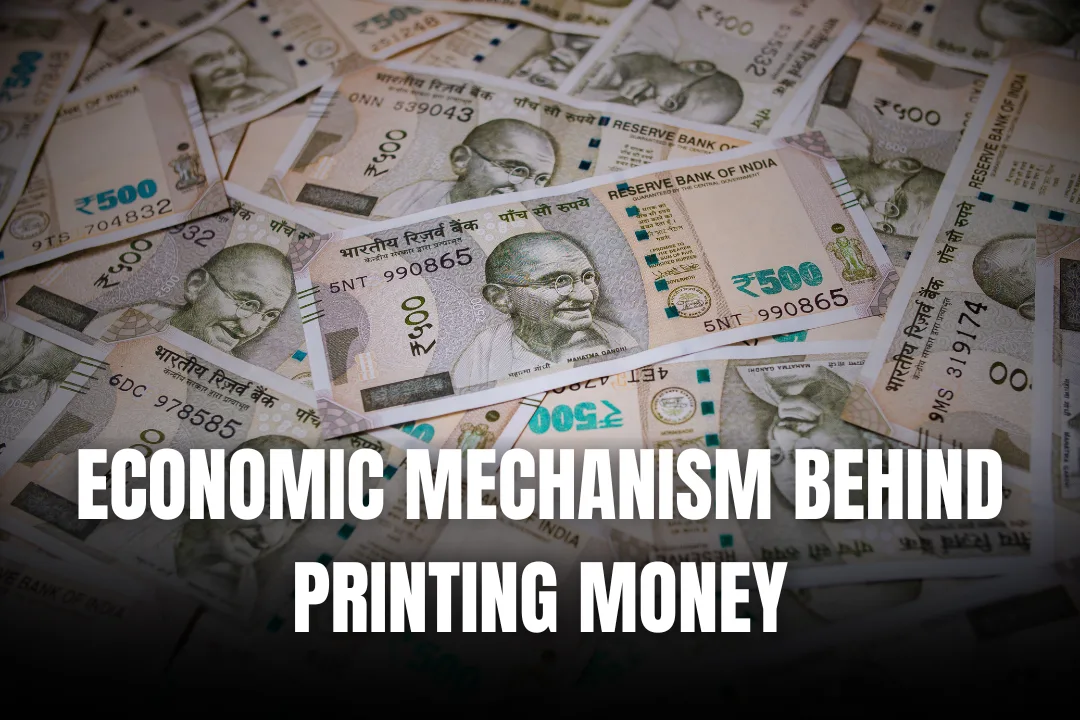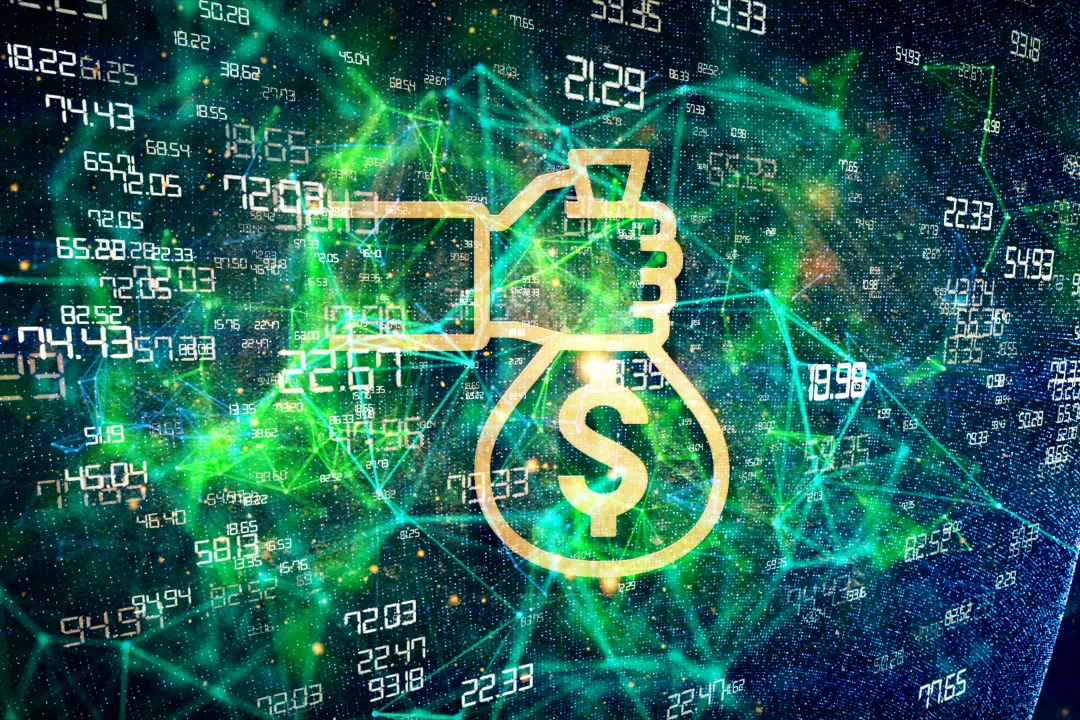Introduction
The notion of money printing comes from casual discussions, which is a basic thought process even though kids think about it. After all, if the government can really print a lot of currency, then what’s the reason the government doesn’t print unlimited or adequate funds to solve problems like unemployment, recession, or national debt? It kind of feels like an effortless solution. Everyone can be wealthy and live there happily without any financial obstacles. But in reality, this seems like a fairy-tale story. In this article, we will know the mechanism behind money printing.
Money printing in terms of economics
In today’s time, creating money printing is not only happening with physical banknotes; it is mostly happening with digital currency by the central bank of the country. We increase the demand for currency with two processes: physical printing and digital printing, which is often called quantitative easing in the case of digital printing, where central banks buy government bonds or any other assets, which increases the reserves of commercial banks and boosts lending.
Why Can’t Governments Print Unlimited Money?
This is the basic query most people always have. Why can’t the government print unlimited funds? Let’s break it down. It seems like money printing can fix many problems, such as unemployment, recession, and many more; unfortunately, it does not happen that way.
Inflation: Risk of too much money supply
The risk of inflation is always there while increasing money printing. It may lead to an increment in the price of goods and services in the economy. When there is too much money in circulation, the funds has to lose its value against the products and services in that country.
Let’s imagine with a simple example.
Imagine a country where only 1 kg of gold is available and at the same time only 1000 pieces of money are in circulation. Then suddenly the supply of money becomes 2000 pieces. Now that there is more funds than previously chasing the 1 kg of gold, it will decrease the value of money. Because now there are more than 1000 pieces, which is extra.
As many of us know already, examples such as Zimbabwe, Argentina, Venezuela, and many more faced the worst inflation crises for printing more currency than goods and services available. They printed
money with the sole purpose of solving poverty and such problems like that; these are just examples of hyperinflation.
Currency devaluation: Money loses purchasing power
Because of the availability of too many funds, it loses its value. When the government floods the economy with new money, that currency loses its value against other currencies. It makes purchasing power fall. In this case, one of the worst things that can happen is that it could make the import more expensive, and then it will take more funds to import the same products as previously.
We can get the same understanding of currency devaluation from the inflation point as well.
Loss of trust and credibility: Country loses credibility
Without the actual assets backing the money printing process, the financial institutions and government institutions lose credibility in that country. Foreign investors, domestic institutional investors, and even the country’s citizens themselves lose credibility. All these things reduce the country’s actual assets because fewer investors are interested in putting the funds in the economy. major disaster happens when the majority of the investors pull out the assets and flow them to another country; it sucks out most assets of that country.
Obligations on international trade: Obstacles Obstacle Export and import
money printing distorts the exchange rate of that country; at the same time, it creates huge obligations while international trades. This becomes one of the reasons for export deficits. While making international transactions, a country must have a foreign exchange reserve. problem begins when national currency gets diminished; the foreign reserve also gets impacted drastically. Mainly, it reduces the total exports of the country, it creates trade deficits, and the country loses its power in the global race. Such examples we have are Zimbabwe in Africa and Venezuela in South America.
Conclusion
While money printing may seem like easy and quick fix, reality is far more different. money printing without increasing underlying assets makes more dangerous consequences in the economy, as we already have disastrous examples in such countries as Zimbabwe, Africa, Venezuela, and more. In order to fix up the financial issues of an economy, a country must focus on improving economic policies to ensure a favorable environment for businesses.
Feel free to share your experiences or questions in the comments below! and don’t forget to share them with friends and others who might benefit! Save Consumerviews in your bookmark for easy access, and follow our Facebook Page Consumerviews India for more articles like this.
Also Read














0 Comments